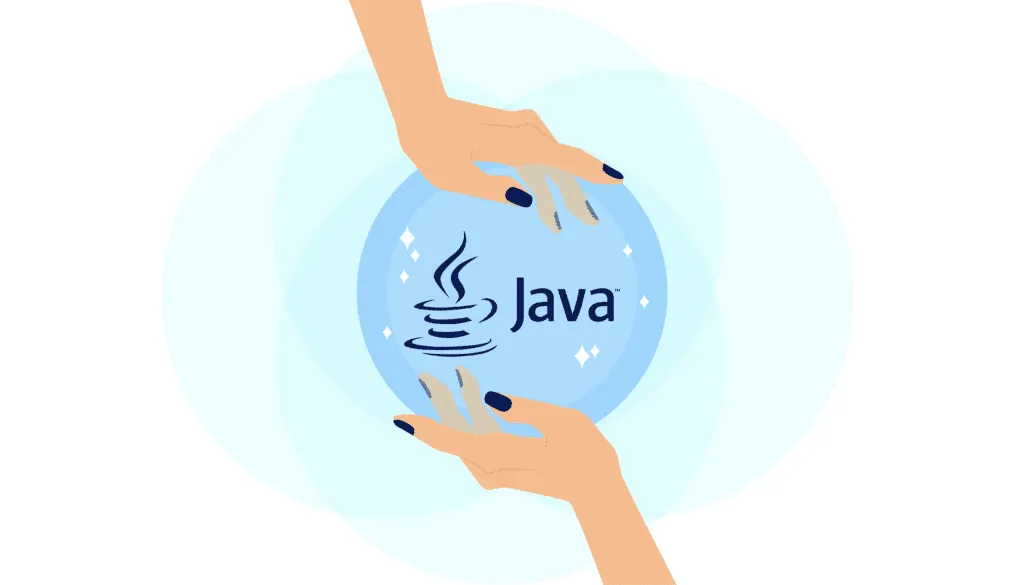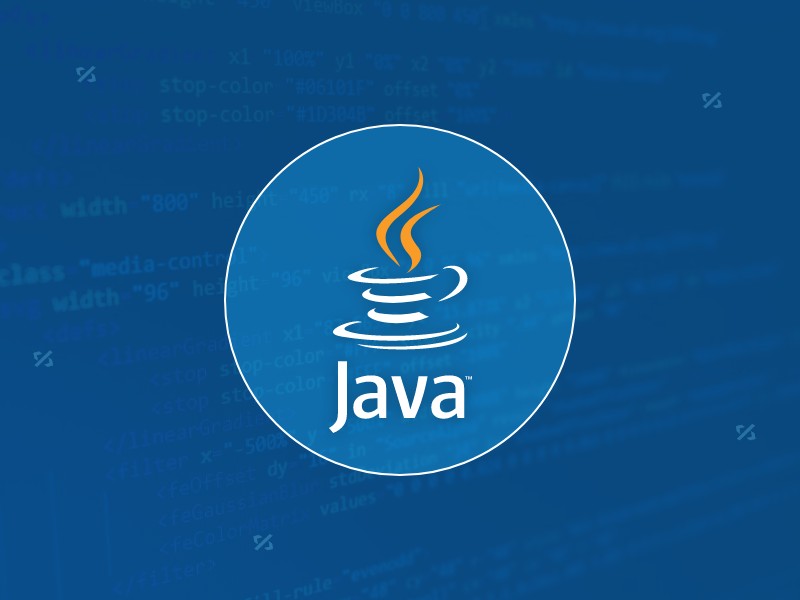JNI (Java Native Interface) is a framework that allows Java code to interact with native applications or libraries written in other languages, such as C, C, or assembly. 1. Its main function is to serve as a bridge between Java and local code, so that Java can safely break through the isolation of JVM to access system resources; 2. Usage scenarios include calling high-performance mathematical libraries, docking platform-specific APIs, or encapsulating native SDKs; 3. Usage steps include declaring native methods, generating C/C header files, implementing and compiling into shared libraries, and loading the library in Java; 4. Notes include using JNI types for data type differences, operating Java objects through JNI functions, debugging complexity, and reducing portability.

Java Native Interface (JNI) is a framework that allows Java code to interact with native applications or libraries written in other languages ??like C, C , or assembly. It's especially useful when you need to access system-specific resources or legacy code that isn't available in Java.

What JNI Does
The main job of JNI is to act as a bridge between Java and native code. Java runs inside the JVM (Java Virtual Machine), which isolates it from directly interacting with the operating system or hardware. JNI gives developers a way to break through that isolation safely.

For example:
- You might use JNI to call a high-performance math library written in C for scientific computing.
- Or interface with platform-specific APIs on Windows, Linux, or macOS that don't have Java wrappers yet.
It works by letting Java classes load native libraries (like .dll files on Windows or .so on Linux), and then declare native methods — methods implemented outside the JVM but callable from Java.

How to Use JNI in Practice
If you want to write JNI code yourself, here are the basic steps:
- Write a Java class with native method declarations.
- Compile that class into bytecode.
- Generate a C/C header file using
javah(or newer tools viajavac -h). - Implement the native functions in C/C .
- Compile the native code into a shared library.
- Load the library in your Java app using
System.loadLibrary().
One thing to watch out for: data types don't always match up one-to-one between Java and C/C . For example, Java's int is always 32 bits, while in C it can vary depending on the platform. So you'll often use specific types like jint , jobject , etc., defined in JNI headers to make sure everything lines up correctly.
Also, accessing Java objects from native code requires careful handling. You can't just manipulate Java objects directly — you need to use special JNI functions to get and update their fields or call methods.
When and Why You'd Use JNI
You won't need JNI every day, but there are clear situations where it makes sense:
- Your application needs to interface with hardware or OS features not exposed through Java standard libraries.
- You have performance-critical code already optimized in C/C and don't want to rewrite it.
- You're building a Java library that wraps a native SDK provided by another vendor.
However, JNI adds complexity. Debugging crashes becomes harder because if your native code segfaults, it takes down the whole JVM. Also, your code becomes less portable — you may need separate builds for each platform.
Still, for many large-scale Java applications — especially games, enterprise software, or embedded systems — JNI is an essential tool for integrating with the rest of the software ecosystem.
So that's JNI in a nutshell — it connects Java and native code, opens up powerful integration options, but comes with some trade-offs. Not something you use lightly, but definitely valuable when you really need it.
The above is the detailed content of Explain the concept of Java Native Interface (JNI).. For more information, please follow other related articles on the PHP Chinese website!

Hot AI Tools

Undress AI Tool
Undress images for free

Undresser.AI Undress
AI-powered app for creating realistic nude photos

AI Clothes Remover
Online AI tool for removing clothes from photos.

Clothoff.io
AI clothes remover

Video Face Swap
Swap faces in any video effortlessly with our completely free AI face swap tool!

Hot Article

Hot Tools

Notepad++7.3.1
Easy-to-use and free code editor

SublimeText3 Chinese version
Chinese version, very easy to use

Zend Studio 13.0.1
Powerful PHP integrated development environment

Dreamweaver CS6
Visual web development tools

SublimeText3 Mac version
God-level code editing software (SublimeText3)

Hot Topics
 Difference between HashMap and Hashtable?
Jun 24, 2025 pm 09:41 PM
Difference between HashMap and Hashtable?
Jun 24, 2025 pm 09:41 PM
The difference between HashMap and Hashtable is mainly reflected in thread safety, null value support and performance. 1. In terms of thread safety, Hashtable is thread-safe, and its methods are mostly synchronous methods, while HashMap does not perform synchronization processing, which is not thread-safe; 2. In terms of null value support, HashMap allows one null key and multiple null values, while Hashtable does not allow null keys or values, otherwise a NullPointerException will be thrown; 3. In terms of performance, HashMap is more efficient because there is no synchronization mechanism, and Hashtable has a low locking performance for each operation. It is recommended to use ConcurrentHashMap instead.
 What are static methods in interfaces?
Jun 24, 2025 pm 10:57 PM
What are static methods in interfaces?
Jun 24, 2025 pm 10:57 PM
StaticmethodsininterfaceswereintroducedinJava8toallowutilityfunctionswithintheinterfaceitself.BeforeJava8,suchfunctionsrequiredseparatehelperclasses,leadingtodisorganizedcode.Now,staticmethodsprovidethreekeybenefits:1)theyenableutilitymethodsdirectly
 How does JIT compiler optimize code?
Jun 24, 2025 pm 10:45 PM
How does JIT compiler optimize code?
Jun 24, 2025 pm 10:45 PM
The JIT compiler optimizes code through four methods: method inline, hot spot detection and compilation, type speculation and devirtualization, and redundant operation elimination. 1. Method inline reduces call overhead and inserts frequently called small methods directly into the call; 2. Hot spot detection and high-frequency code execution and centrally optimize it to save resources; 3. Type speculation collects runtime type information to achieve devirtualization calls, improving efficiency; 4. Redundant operations eliminate useless calculations and inspections based on operational data deletion, enhancing performance.
 What is an instance initializer block?
Jun 25, 2025 pm 12:21 PM
What is an instance initializer block?
Jun 25, 2025 pm 12:21 PM
Instance initialization blocks are used in Java to run initialization logic when creating objects, which are executed before the constructor. It is suitable for scenarios where multiple constructors share initialization code, complex field initialization, or anonymous class initialization scenarios. Unlike static initialization blocks, it is executed every time it is instantiated, while static initialization blocks only run once when the class is loaded.
 What is the Factory pattern?
Jun 24, 2025 pm 11:29 PM
What is the Factory pattern?
Jun 24, 2025 pm 11:29 PM
Factory mode is used to encapsulate object creation logic, making the code more flexible, easy to maintain, and loosely coupled. The core answer is: by centrally managing object creation logic, hiding implementation details, and supporting the creation of multiple related objects. The specific description is as follows: the factory mode handes object creation to a special factory class or method for processing, avoiding the use of newClass() directly; it is suitable for scenarios where multiple types of related objects are created, creation logic may change, and implementation details need to be hidden; for example, in the payment processor, Stripe, PayPal and other instances are created through factories; its implementation includes the object returned by the factory class based on input parameters, and all objects realize a common interface; common variants include simple factories, factory methods and abstract factories, which are suitable for different complexities.
 What is the `final` keyword for variables?
Jun 24, 2025 pm 07:29 PM
What is the `final` keyword for variables?
Jun 24, 2025 pm 07:29 PM
InJava,thefinalkeywordpreventsavariable’svaluefrombeingchangedafterassignment,butitsbehaviordiffersforprimitivesandobjectreferences.Forprimitivevariables,finalmakesthevalueconstant,asinfinalintMAX_SPEED=100;wherereassignmentcausesanerror.Forobjectref
 What is type casting?
Jun 24, 2025 pm 11:09 PM
What is type casting?
Jun 24, 2025 pm 11:09 PM
There are two types of conversion: implicit and explicit. 1. Implicit conversion occurs automatically, such as converting int to double; 2. Explicit conversion requires manual operation, such as using (int)myDouble. A case where type conversion is required includes processing user input, mathematical operations, or passing different types of values ??between functions. Issues that need to be noted are: turning floating-point numbers into integers will truncate the fractional part, turning large types into small types may lead to data loss, and some languages ??do not allow direct conversion of specific types. A proper understanding of language conversion rules helps avoid errors.
 Why do we need wrapper classes?
Jun 28, 2025 am 01:01 AM
Why do we need wrapper classes?
Jun 28, 2025 am 01:01 AM
Java uses wrapper classes because basic data types cannot directly participate in object-oriented operations, and object forms are often required in actual needs; 1. Collection classes can only store objects, such as Lists use automatic boxing to store numerical values; 2. Generics do not support basic types, and packaging classes must be used as type parameters; 3. Packaging classes can represent null values ??to distinguish unset or missing data; 4. Packaging classes provide practical methods such as string conversion to facilitate data parsing and processing, so in scenarios where these characteristics are needed, packaging classes are indispensable.






